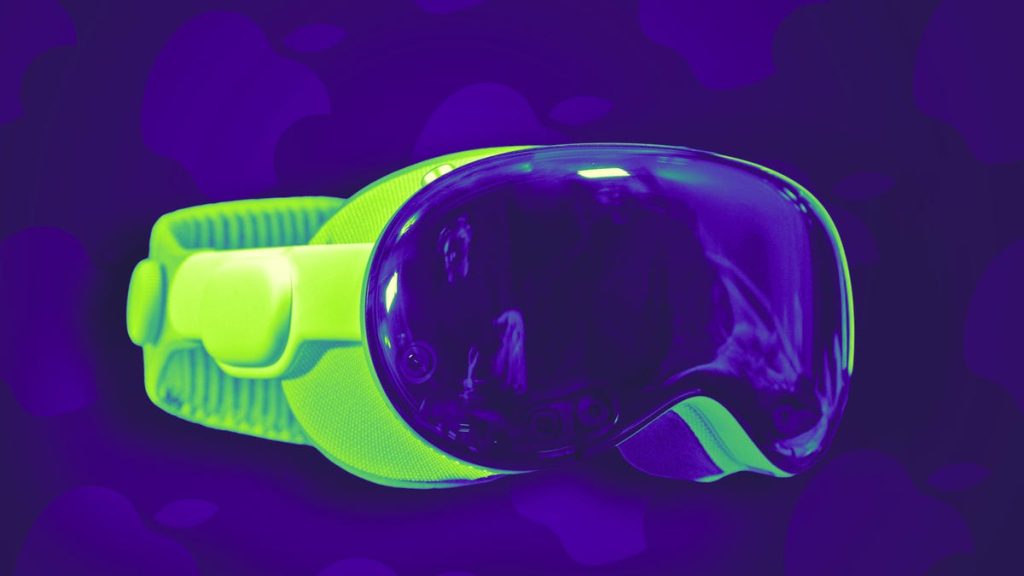Apple is potentially ending production of its high-priced Vision Pro mixed-reality headset, which retails for $3,499. The company has reportedly produced enough components to last through next year and is experiencing low demand for the device. Despite this, Apple is not giving up on the product line and is said to be pausing development of a Vision Pro 2 in favor of a more affordable version that may be powered by an iPhone. There are conflicting reports on the status of the project, with some suggesting it may still be released by late next year or early 2026. Apple is also working on smart glasses that could compete with Meta’s Ray-Bans, possibly launching as late as 2027.
Reviews of the Vision Pro have been positive, with Apple creating dedicated spaces in its Apple Stores to showcase the device. However, it appears that these retail spaces are consolidating, possibly due to low demand driven by the high price of the headset. Apple has stated that the first version of the Vision Pro is targeted at early adopters rather than the mass market, which could explain the limited availability and high price point. Despite these challenges, Apple is expanding sales of the Vision Pro to South Korea and the United Arab Emirates this month, indicating continued interest in the product.
Apple’s decision to potentially discontinue the Vision Pro comes as the company navigates the competitive landscape of mixed-reality headsets and smart glasses. While the Vision Pro has received positive feedback for its features and capabilities, the high price has likely limited its appeal to a niche market. By exploring the development of more affordable options and smart glasses that could rival Meta’s offerings, Apple is aiming to make mixed-reality technology more accessible to a broader audience. However, the timeline for these new products remains uncertain, with reports suggesting a potential release as late as 2027.
The competition in the mixed-reality headset market is heating up, with companies like Meta (formerly Facebook) also investing heavily in AR and VR technologies. Meta’s in-development Ray-Bans, which are rumored to offer augmented reality features, could pose a significant challenge to Apple’s smart glasses. As the two tech giants vie for dominance in the growing wearable technology sector, consumers can expect to see more innovation and investment in AR and VR products. The potential release of a more affordable version of the Vision Pro and Apple’s continued focus on smart glasses indicate that the company is committed to staying competitive in this rapidly evolving space.
Reports on the status of Apple’s mixed-reality headset project, including the potential discontinuation of the Vision Pro and the development of a more affordable version, highlight the challenges of bringing new technology to market. Balancing cutting-edge features with accessibility and price point is a constant struggle for tech companies looking to attract consumers and drive adoption. By reevaluating its product strategy and exploring new opportunities in the smart glasses market, Apple is demonstrating its commitment to innovation and staying ahead of the competition in the increasingly crowded field of wearable technology. As Apple continues to refine its mixed-reality offerings and expand its reach to new markets, consumers can expect to see more advancements in AR and VR technology in the coming years.












